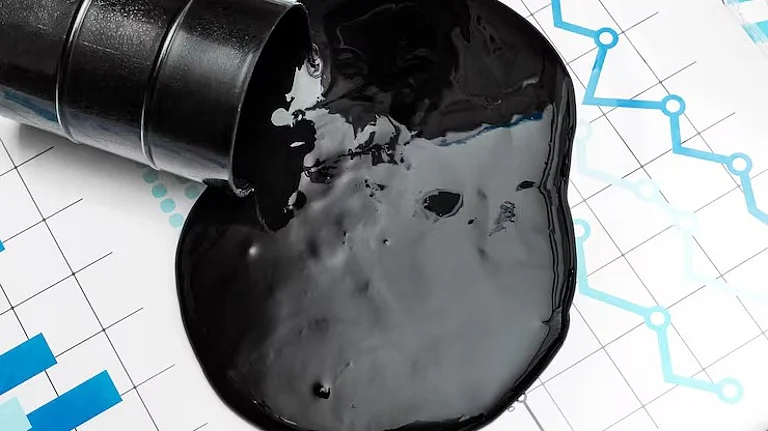Oil price experienced a slight surge after the US barred Chevron, a major energy giant, from exporting Venezuelan crude. The new directive triggered investor sentiment, with expectations rising that supply levels might take a hit.
The Trump administration announced a new authorisation for energy major Chevron, permitting it to maintain its assets in Venezuela but prohibiting it from exporting oil or expanding operations, according to sources cited in a report by Reuters. "The loss of Chevron's Venezuelan barrels in the US will leave refiners short and thus relying more on Middle Eastern crude," Westpac's head of commodity and carbon strategy Robert Rennie reportedly said in a note.
Brent crude futures rose by 0.90%, to $64.70 a barrel on Wednesday. Meanwhile, the US West Texas Intermediate crude surged around 0.95%, to $61.47 a barrel.
Oil Price Outlook
So far this year, the price of the commodity has remained under immense pressure as demand disruptions continued to weigh down the overall outlook. An economic slowdown in China coupled with consecutive hikes in crude oil output by OPEC+ group has further added to the woes, eventually pulling down the price of the commodity.
Goldman Sachs is already forecasting a further decline in commodity prices owing to significant growth in non-OPEC oil supply. According to estimates, Brent could fall to $56, while WTI might drop to $52. Last month, the global brokerage also mentioned that Brent crude might dip below $40 a barrel amid escalating trade war tensions. Although such a sharp decline would occur only in an 'extreme' scenario.
"In a more extreme and less likely scenario with both a global GDP slowdown and a full unwind of OPEC+ cuts, which would discipline non-OPEC supply, we estimate that Brent would fall just under $40 a barrel in late 2026," Goldman Sachs' analysts reportedly said last month

































